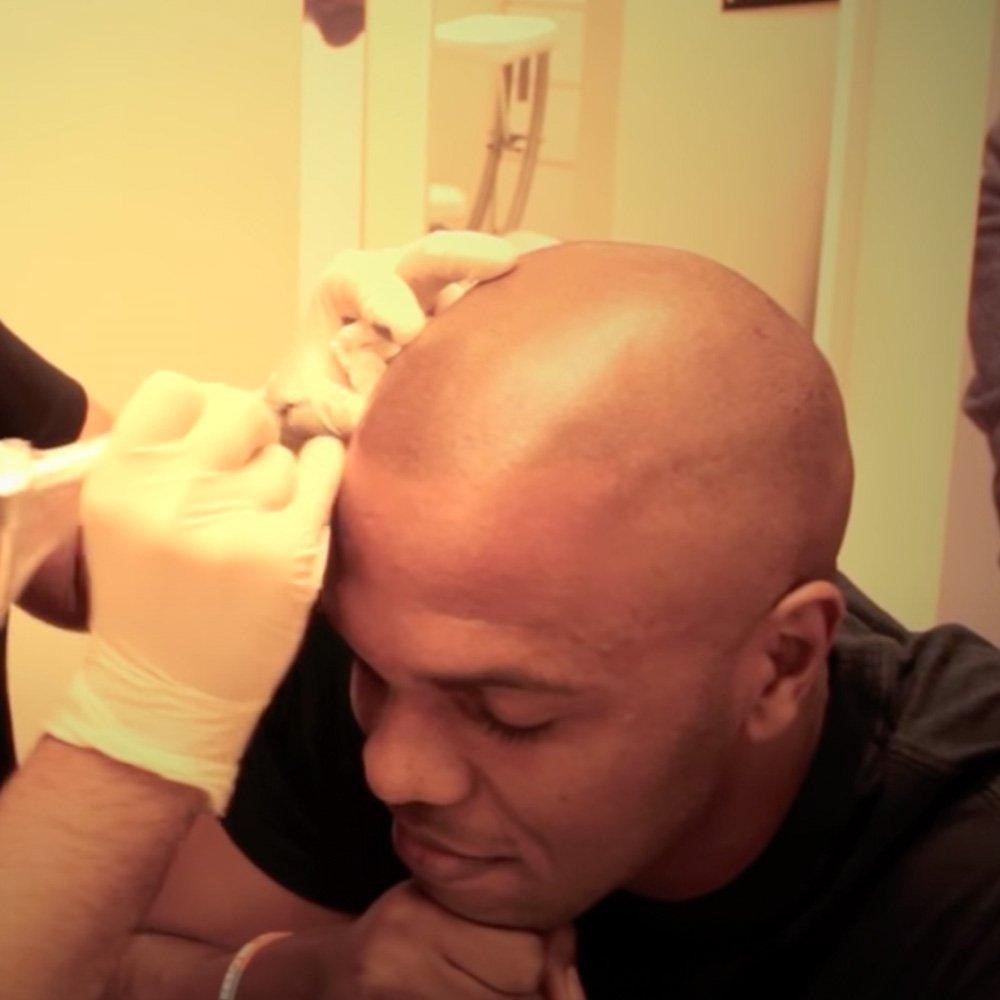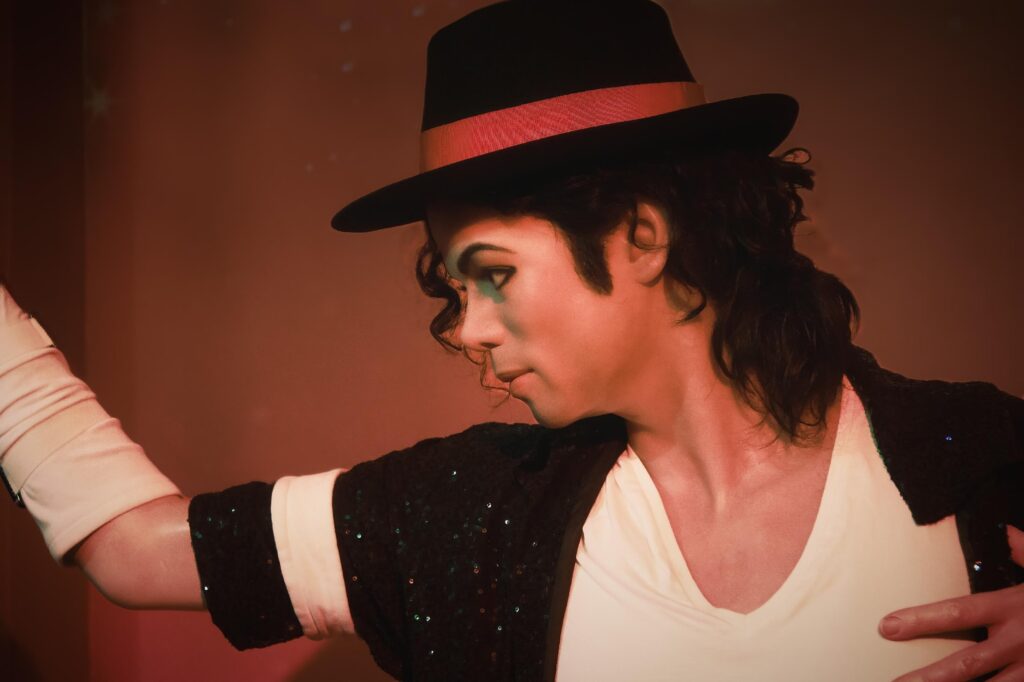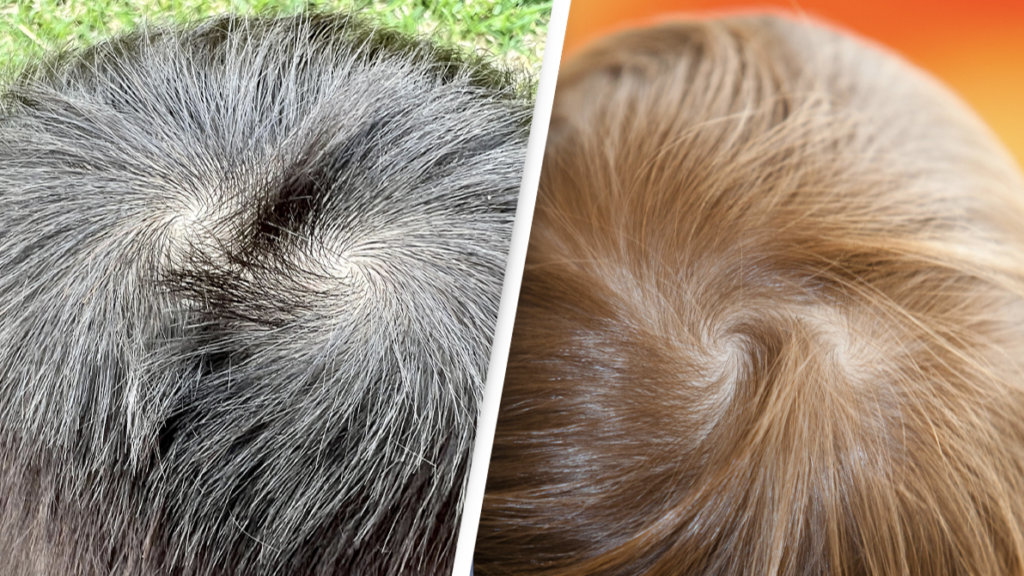Are you struggling with a receding hairline? Searching for the best ways to restore hairline in 2024? Look no further! This article will explore the top methods for regaining your hairline and boosting your confidence.
Whether you are a man or a woman, experiencing hair loss can be distressing. It can affect self-esteem and make you feel self-conscious. Thankfully, there are several effective options available today to combat hairline recession. From surgical hair transplants to non-invasive treatments, we will cover them all.
Key Takeaway:
The blog explores effective ways to restore hairline in 2024, emphasizing understanding causes, consulting specialists, and following aftercare for optimal results. Non-surgical options like PRP, LLLT, and topical products are highlighted, focusing on SMP as a non-invasive, natural-looking solution.
Surgical choices and SMP considerations are discussed, urging realistic expectations. The post encourages informed decisions based on individual factors, offering insights into preparation, recovery, and aftercare. Ultimately, it empowers readers to regain confidence in their hairline restoration journey in 2024 and beyond.
Restore Hairline: An Overview of Hairline Restoration
To restore a hairline is to regain a natural-looking hairline through various techniques. It involves stimulating hair growth in areas where the hairline has receded or thinned out. Understanding the basics of hairline restoration is essential before exploring the available methods.
Various factors, including genetic predisposition, hormonal changes, and certain medical conditions, can cause a receding hairline. It can also be influenced by lifestyle factors such as stress, poor nutrition, and excessive use of hair products.
You can better determine the most suitable restoration method for your situation when understanding the underlying causes.
Causes of Receding Hairlines
Receding hairlines can be a result of various factors. One of the most common causes is male pattern baldness, also known as androgenetic alopecia. This type of hair loss is usually hereditary and is characterized by a receding hairline and a thinning crown.
In women, hormonal changes, particularly during menopause, can lead to a receding hairline. Other factors such as stress, nutritional deficiencies, and certain medications can also contribute to hairline recession. Identifying the cause of your receding hairline is crucial in choosing the most effective restoration method.
Effective Options to Restore Hairlines.
Hair transplantation surgery, addressing dihydrotestosterone (DHT) impact on hairlines, involves meticulous transplantation of donor hair grafts for effective treatment options. This procedure counters hair thinning, providing individuals experiencing hair loss with a lasting and natural-looking hairline restoration.
When it comes to restoring a receding hairline, there are several options available. These include both non-surgical and surgical techniques. The choice depends on various factors, such as the extent of hair loss, budget, and personal preferences.
A. Non-surgical hairline restoration techniques
Non-surgical hairline restoration techniques have gained popularity recently due to their minimal invasiveness and relatively quick recovery time. These techniques involve stimulating hair growth without the need for surgery. Some of the most common non-surgical options include:
- Platelet-rich plasma (PRP) therapy: PRP treatment involves injecting platelet-rich plasma derived from the patient’s blood into the scalp. The growth factors in the plasma help promote hair growth and strengthen existing hair follicles.
- Low-level laser therapy (LLLT): LLLT uses red light therapy to stimulate hair follicles and promote hair growth. It is a painless and non-invasive treatment that can be done at home using handheld devices or in clinics.
- Topical hair loss products: There are various over-the-counter shampoos, serums, and foams available that claim to stimulate hair growth and prevent further hair loss. These products usually contain ingredients such as minoxidil or finasteride.
- Scalp Micropigmentation (SMP): SMP is a non-surgical technique that involves the application of pigments to the scalp to create the appearance of a fuller head of hair. This method is particularly effective in creating the illusion of a well-defined hairline and can be used to conceal areas of thinning or receding hair. SMP is often considered a cosmetic tattooing procedure and is suitable for both men and women looking for a non-invasive solution to address hair loss concerns.
B. Surgical Hairline Restoration Procedures
Surgical hairline restoration procedures are usually recommended for individuals with advanced hair loss or those who desire a more permanent solution. These procedures involve transplanting hair follicles from donor areas to the areas with a receding hairline. Some of the most popular surgical options include:
- Follicular unit transplantation (FUT): FUT, also known as strip harvesting, involves removing a strip of scalp from the donor area and dissecting it into individual hair follicles. These follicles are then transplanted into the recipient area, creating a natural-looking hairline.
- Follicular unit extraction (FUE): FUE is a more advanced technique that involves harvesting individual hair follicles directly from the donor area using a micro-punch tool. These follicles are then transplanted into the recipient area, resulting in minimal scarring and a quicker recovery time compared to FUT.
- Robotic hair transplantation: Robotic hair transplantation is a cutting-edge technique that utilizes artificial intelligence and robotics to assist in extracting and transplanting hair follicles. It offers precise and accurate results, reducing the risk of human error.
Scalp Micropigmentation – The Best Way to Restore Hairline.
While various hair loss solutions are available, scalp micropigmentation (SMP) has emerged as a popular and effective option for restoring hairlines and creating the illusion of thicker hair.
What is Scalp Micropigmentation?
SMP is a cosmetic tattooing technique that involves depositing tiny dots of pigment into the scalp, mimicking the appearance of hair follicles. It’s often called “hair tattooing” but is a much more sophisticated and nuanced procedure than a traditional tattoo.
How Does SMP Work?
A trained SMP practitioner uses a specialized microneedling device to implant pigment into the scalp. The pigment is carefully chosen to match your natural hair color and skin tone, creating a realistic and seamless look. The procedure is typically done in multiple sessions, allowing for gradual build-up and refinement of the results.
Benefits of Scalp Micropigmentation:
- Non-surgical: Unlike hair transplants, SMP is a non-invasive procedure with minimal downtime.
- Natural-looking results: When done by a skilled practitioner, SMP can create a natural-looking hairline and the illusion of thicker hair.
- Low-maintenance: Unlike hair pieces or wigs, SMP requires minimal maintenance and can last several years with touch-up sessions.
- Boosts confidence: Regaining the appearance of a fuller hairline can significantly improve self-confidence and well-being.
Is SMP Right for You?
SMP can be a good option for men and women experiencing hair loss, particularly those with the following:
However, consulting with a qualified SMP practitioner is critical to determine if you’re a good candidate. They can assess your hair loss pattern, scalp health, and expectations to determine if SMP is the right solution for you.
Things to Consider Before SMP:
- Cost: SMP can be expensive, depending on the practitioner, the number of sessions needed, and the area being treated.
- Maintenance: While low-maintenance compared to other hair loss solutions, SMP does require touch-up sessions every few years.
- Realistic expectations: SMP won’t grow new hair, but it can create the illusion of a fuller hairline and thicker hair. It’s essential to have realistic expectations about the results.
Finding a Qualified SMP Practitioner:
Choosing a qualified and experienced SMP practitioner is crucial for achieving optimal results. Look for practitioners who are:
- Certified by a reputable SMP organization
- Have extensive experience performing SMP
- Use high-quality pigments and equipment
- Have a portfolio of before-and-after photos
- Offer consultations to discuss your hair loss and expectations
Mac SMP ticks all the boxes above. Click here to get started with a free consultation.
Scalp micropigmentation can be an effective solution for restoring hairlines and regaining confidence for those experiencing hair loss. While it’s not a one-size-fits-all solution, it’s a valuable option when exploring hair loss treatments. Remember to do your research, choose a qualified practitioner, and have realistic expectations to achieve the best possible results.
Choosing the Right Hairline Restoration Method for You
Choosing the right hairline restoration method is essential for achieving the desired results. Factors such as the extent of hair loss, budget, recovery time, and personal preferences should be considered. Consulting with a hair restoration specialist can help determine the most suitable option for your specific needs.
The specialist will evaluate your hair loss pattern, scalp condition, and overall health during the consultation. They will discuss the available options, explain the pros and cons of each method, and provide realistic expectations regarding the outcome. It is important to ask questions and voice any concerns to ensure you make an informed decision.
Preparing For the Procedure to Restore Hairline
Preparing for a hairline restoration procedure involves a few essential steps to ensure a successful outcome. The specialist will provide detailed instructions tailored to your specific procedure. Some general guidelines include:
- Ceasing the use of blood-thinning medications: Certain medications, such as aspirin and ibuprofen, can increase the risk of bleeding during the procedure. It is important to stop taking these medications a few weeks before the scheduled surgery.
- Avoiding alcohol and smoking: Alcohol and smoking can interfere with the healing process and increase the risk of complications. It is advisable to refrain from consuming alcohol and smoking for a specified period before and after the procedure.
- Maintaining a healthy lifestyle: A healthy lifestyle can contribute to optimal hair growth and overall well-being. Eating a balanced diet, staying hydrated, and managing stress levels can help prepare your body for the restoration procedure.
Recovery and Aftercare for Hairline Restoration
The recovery period following a hairline restoration procedure varies depending on the technique and individual factors. The specialist will provide specific aftercare instructions regarding post-operative care, which may include:
- Keeping the recipient area clean: Keeping the newly transplanted hair follicles clean is vital to minimize the risk of infection. The specialist will provide guidelines on gently washing and caring for the recipient area.
- Avoiding strenuous activities: Strenuous activities, such as heavy lifting and intense exercise, should be avoided for a specified period after the procedure. These activities can increase blood flow to the scalp and potentially dislodge the transplanted hair follicles.
- Taking prescribed medications: The specialist may prescribe medications to prevent infection, reduce swelling, and promote healing. It is important to follow the prescribed medication regimen as instructed.

Maintaining a Restored Hairline
Once you have undergone a hairline restoration procedure, it is essential to take steps to maintain the results. This includes following a healthy hair care routine, protecting the scalp from excessive sun exposure, and avoiding harsh chemical treatments.
Regular follow-up appointments with the hair restoration specialist are also essential to monitor the progress and make any necessary adjustments. They can provide guidance on the use of hair care products, recommend supplements to support hair growth, and address any concerns or questions you may have.
Conclusion: Achieving a natural-looking hairline in 2024
In 2024, several effective methods are available to restore a receding hairline. The choice from non-surgical treatments to surgical procedures depends on individual factors and preferences.
Understanding the causes of hairline recession, consulting with a specialist, and following the recommended aftercare instructions are crucial for achieving a natural-looking hairline.
Don’t let a receding hairline hold you back anymore. Take the first step towards regaining your confidence and enjoying a fuller, more youthful-looking head of hair. Explore the options, consult with a hair restoration specialist, and embark on your journey to restore your hairline in 2024 and beyond.
Enjoy This Article? You May Also Like:
- Tackling the Challenges of Balding Crowns: The What, Why, and How of Balding Crown
- Hair Whorl or Balding? Unveiling 5 Fascinating Facts and Solutions!
- Unraveling the Mystery of a Burning Scalp: Causes and Remedies
- Is a Hairline Tattoo Right for You? 5 Things to Note!
- Ultimate Guide to Hairline and Scalp Tattooing














